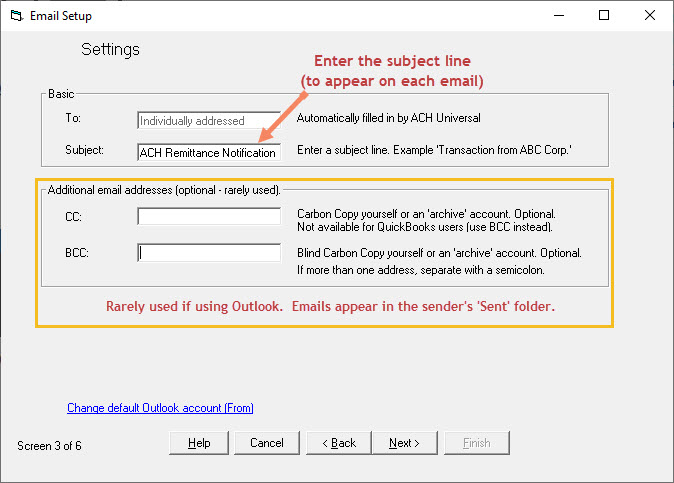
This can be adjusted as per user requirement. Step 4 – In the next screen, we shall have to adjust the fixed-width vertical divider lines (these are called Break Lines) in the Data Preview section. Step 3 – Now make sure that we click on “Fixed width” to select it and then click on “Next”. Step 1 – Select the column where we have the clubbed data. In this case, we can split the data from one column to multiple columns using “Fixed Width” since we do not have any delimiters here. Interestingly, all the names in the rows below also have a length of 4, and all the sales numbers have a length of 5. “Name” has a length of 4, and “Sales” has a length of 5.


We can make out that the first column (as it should be) is “Name” and the next column is “Sales”. But here, we see that the format of the data is a bit different. Suppose we have a scenario where we have data, as shown below.Īs we can see, the entire data has been clubbed into one column (A). Split Name, Sales into separate text columns in excel (using Fixed Width): If we choose to keep the original column, we will need to mention a value here (which will be the next adjacent cell). Now, if we do not modify this, then it will overwrite the original column with “First Name”, the adjacent cell will become “Last Name”, and the cell adjacent to that will become “Age”. Next, we shall select the destination cell. “Advanced” provides us with the option to choose the decimal separator and the thousands separator. Next, we shall look at the “Advanced” option.
#SHOULD EMAIL ADDRESSES BE SEPARATED BY COMMA OR SEMICOLON IN OUTLOOK FOR MAC DOWNLOAD#
You can download this Separate text Excel Template here – Separate text Excel Template Two very useful features of Excel are the “Text to Columns” or the “Split Cell”, which helps to resolve these kinds of formatting issues by enabling data re-arrangement or data manipulation/cleaning since it becomes really difficult to work with a lot or all the data in a single column. With Excel, we have a solution to these kinds of problems. Therefore, we can separate text data in excel into columns on the basis of their Fixed Lengths. This holds true for all the rows in the table. We see that the length of “Name” is 4 and the length of “Sales” is 5. The first column is “Name”, followed by “Sales”. However, upon closer observation, we see that the columns (as they should be) can be differentiated on the basis of their lengths. Similarly, in the second screenshot, we see that all the data has been clubbed into a single column. Therefore, we can split the data into a proper row and column format on the basis of the strategic delimiters in the data. This holds true for the rest of the rows. for the first row, the first column is the “First Name”, the second column is “Last Name”, and the third column is “Age”.
:max_bytes(150000):strip_icc()/what-is-bcc-blind-carbon-copy-1171131-d8389f12e41a42c8b1ed808ff0dbd7f7.png)
But if we see carefully, in the first screenshot, the columns (as it should be) are separated by semicolons – “ ”, i.e. When data is received or arranged in any of the formats shown above, it becomes difficult to work with the data because it is not formatted into a proper row and column format. We could also have all the data in a single column with a fixed number of characters marking the segregation in the data. We sometimes encounter situations where all the data is clubbed into one column, with each segregation in the data marked by some kind of delimiter such as – Excel functions, formula, charts, formatting creating excel dashboard & others


 0 kommentar(er)
0 kommentar(er)
